25 days, 23 hours, 57 minutes: Airbus Zephyr Pseudo-Satellite flies for longer than any other aircraft before.
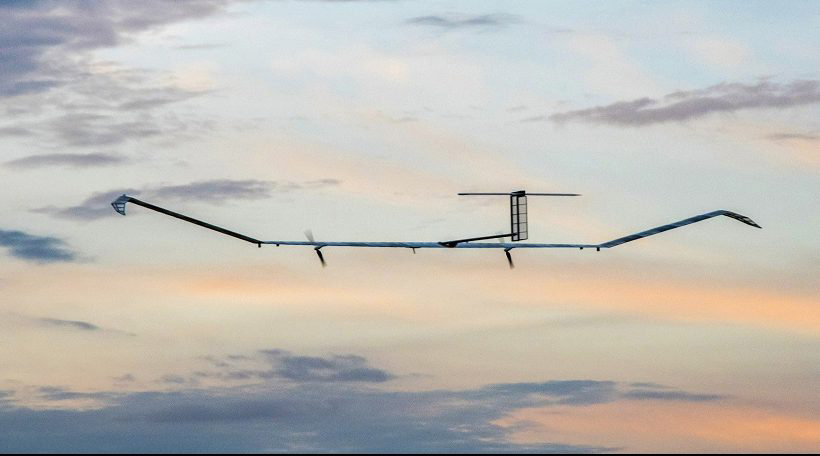

25 days, 23 hours, 57 minutes: Airbus Zephyr Pseudo-Satellite flies for longer than any other aircraft before.
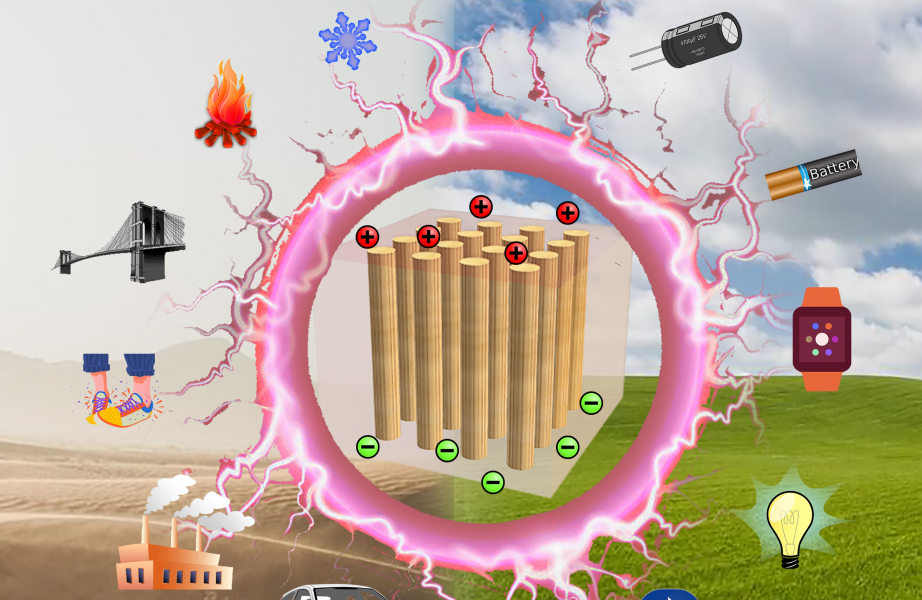
Dr. Rahul Vaish discusses his recent article on lead-free pyroelectric materials for energy harvesting, which brings new insights on the development of this technology for the efficient harvesting of thermal energy from waste heat.

Advanced Materials Interfaces began in 2014 as a forum for top-level research into interface and surface science. In this short time, it has already attracted many important, highly interdisciplinary contributions from recognized experts. To build on this and to...
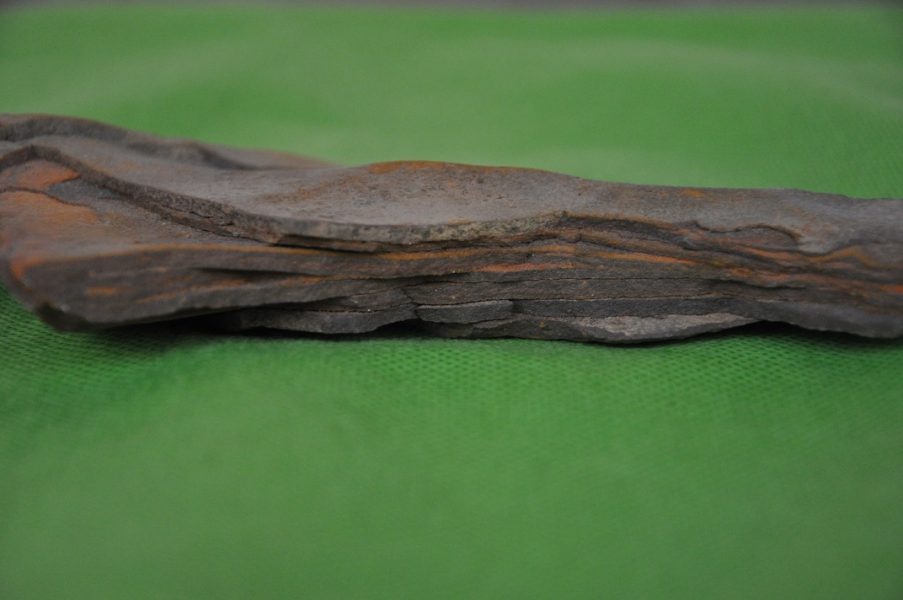
A way to use iron ore as an efficient catalyst for the OER process.
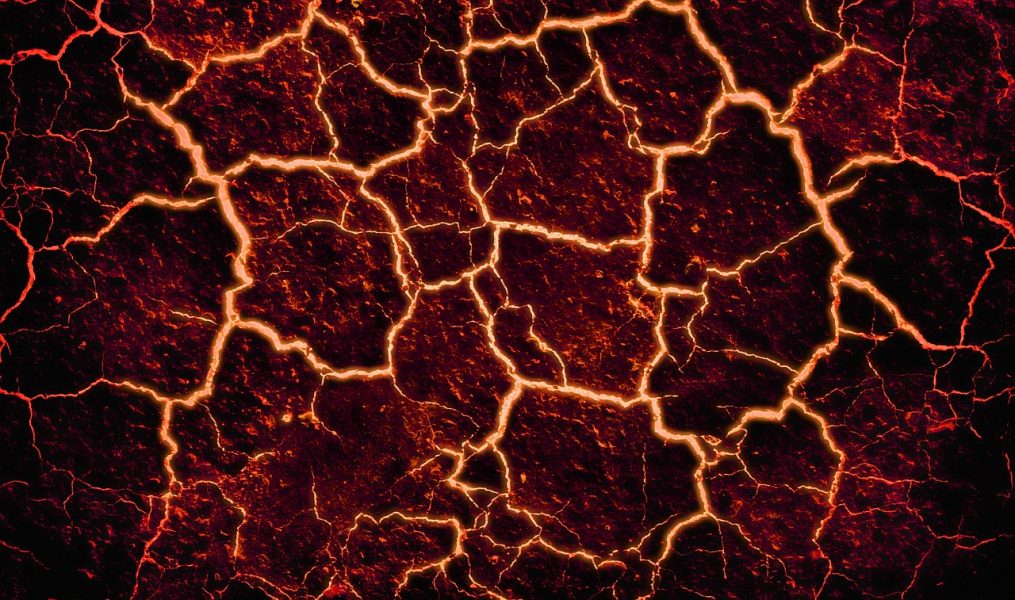
Nanocomposites of chalcopyrite and metal nanoparticles show thermoelectric properties that depend on doping and surface effects.

Solid-state and calcium-ion technologies, new SEI concepts, and intercalation electrodes are at the top of the list for the latest advanced battery research.

The energy of single rain drops can now be harnessed to drive electronics by a hydraulic triboelectric nanogenerator.
Ships’ logbooks dating back to the seventeenth century have helped scientists to capture different features of climate during the last centuries previously unknown.
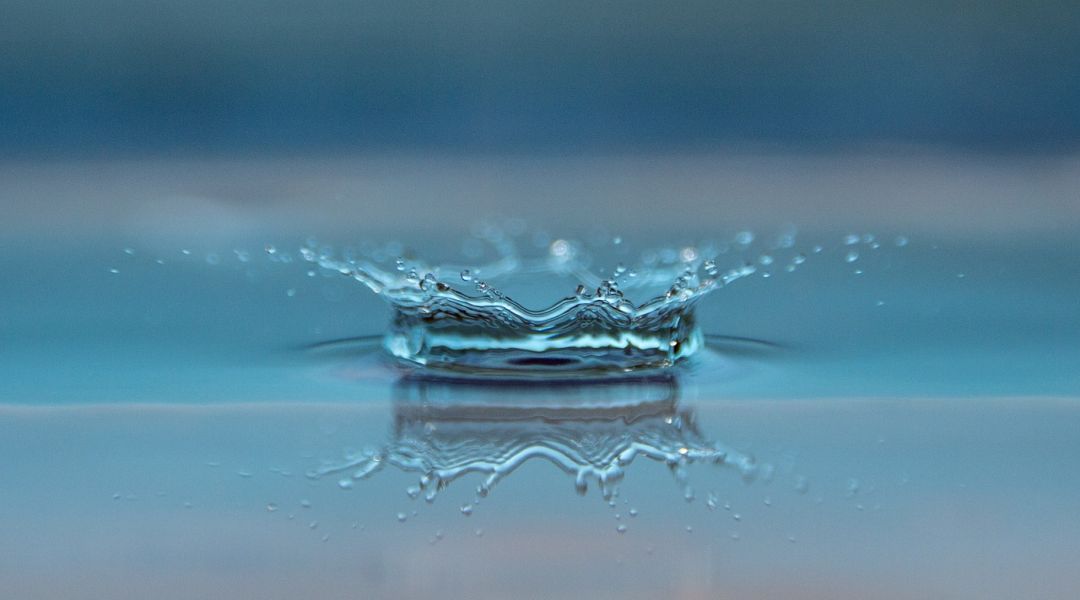
Researchers from the University of Science and Technology Beijing report a wearable self-cleaning/charging power system (SPS) that can harvest electrical energy from falling raindrops.

Lignin is a by-product of the Kraft pulping process and is typically burned for energy within the pulp and paper mill plant. Due to energy efficiency measures in Kraft pulp mills, its availability has recently greatly increased. This surplus lignin provides a readily available feedstock for conversion into a phenolic-rich bio-oil via hydrothermal liquefaction (HTL).